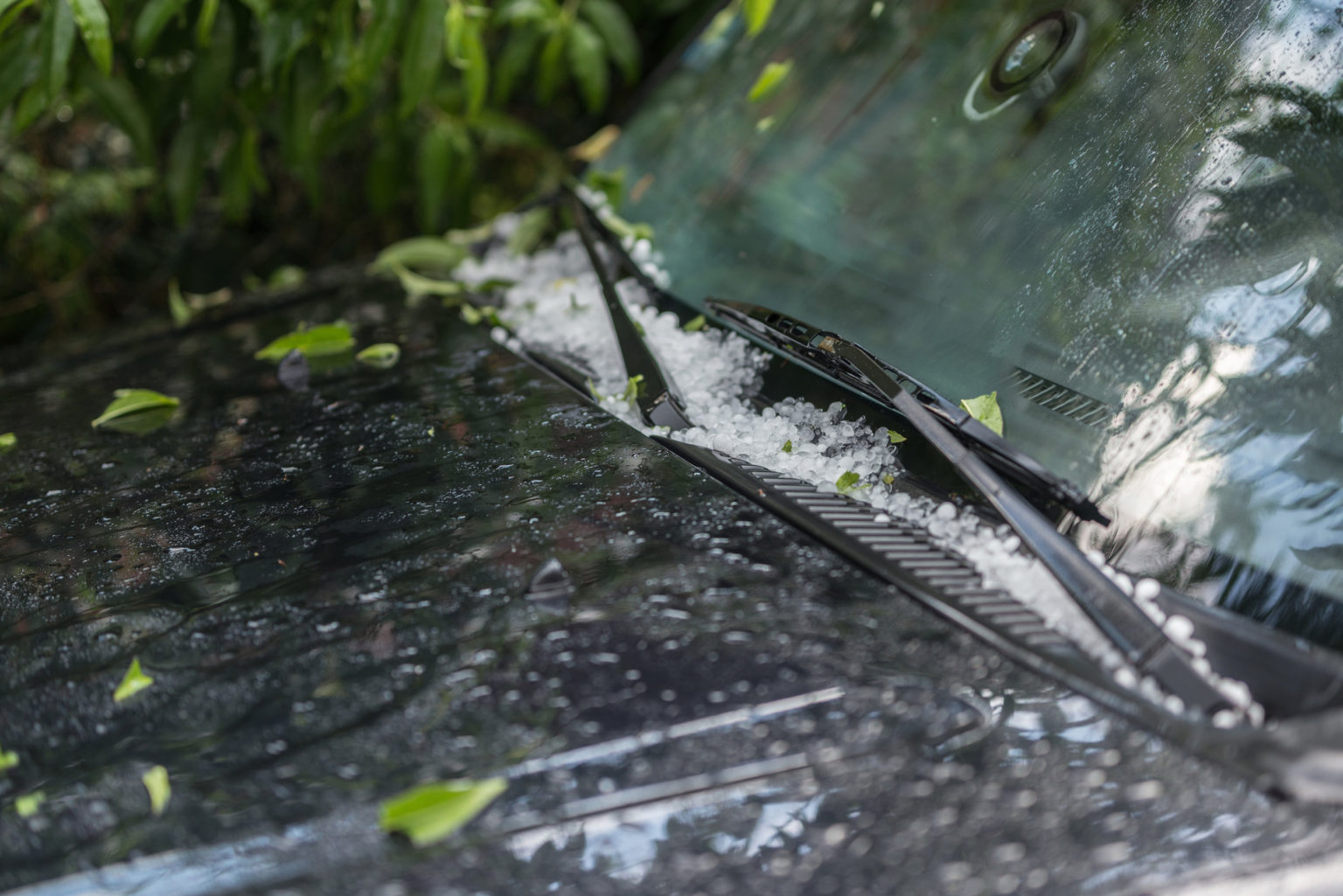On his show “Let’s Talk Wheels,” Mike Herzing answers questions from listeners who write in. While their specific situation might not match yours exactly, there’s still plenty to be learned from their experiences — and his expertise.
Astrid writes: I have a 2016 Ford Explorer that has hail damage from a recent storm. My Jeep was parked next to it and has no damage. Why is this? Is the metal thinner? What is the best way to have this fixed?
Mike Herzing: The race for better fuel economy had caused car companies to make vehicles as light as possible. Your Explorer has an aluminum hood and other panels to save weight. Unfortunately, aluminum dents easily. Luckily, there is a process called paintless dent repair (PDR) that would work for you. PDR services employ body men with specialized tools and training that allow them to massage out the dents. It is the perfect repair for this type of damage. Best of all, your hood doesn’t need to be re-painted. It’s also cheaper, so the insurance companies love it.
Bill writes: I want to buy a new SUV, but I remember my father saying to wait a year and let the bugs get worked out. What are the pros and cons of buying a new model?
MH: That used to be the rule, but nowadays, with computer-generated simulations and a lot of road testing, most production and design problems are avoided. However, I still recommend waiting a couple of months to allow the early adopters to buy first. Once the newness wears off — and inventory builds — dealers will be ready to make some deals.
George writes: I have a 2009 Kia Sorento that has been running a little hotter than usual and is losing antifreeze. My shop tells me it has a leaking water pump. Since it has the original hoses, should I replace them even though they aren’t leaking?
MH: Since you are already replacing the pump, the labor cost is almost nothing to go ahead and replace the hoses. If you plan to keep the vehicle, I recommend you use OEM parts. The price of the original parts is just a little more than aftermarket parts, and the quality is better. Hey, they lasted 11 years, didn’t they?
For more tips from Mike, visit LetsTalkWheels.com. Be sure to subscribe to the new “Let’s Talk Wheels” podcast on iTunes, Spotify, or Google Play.









